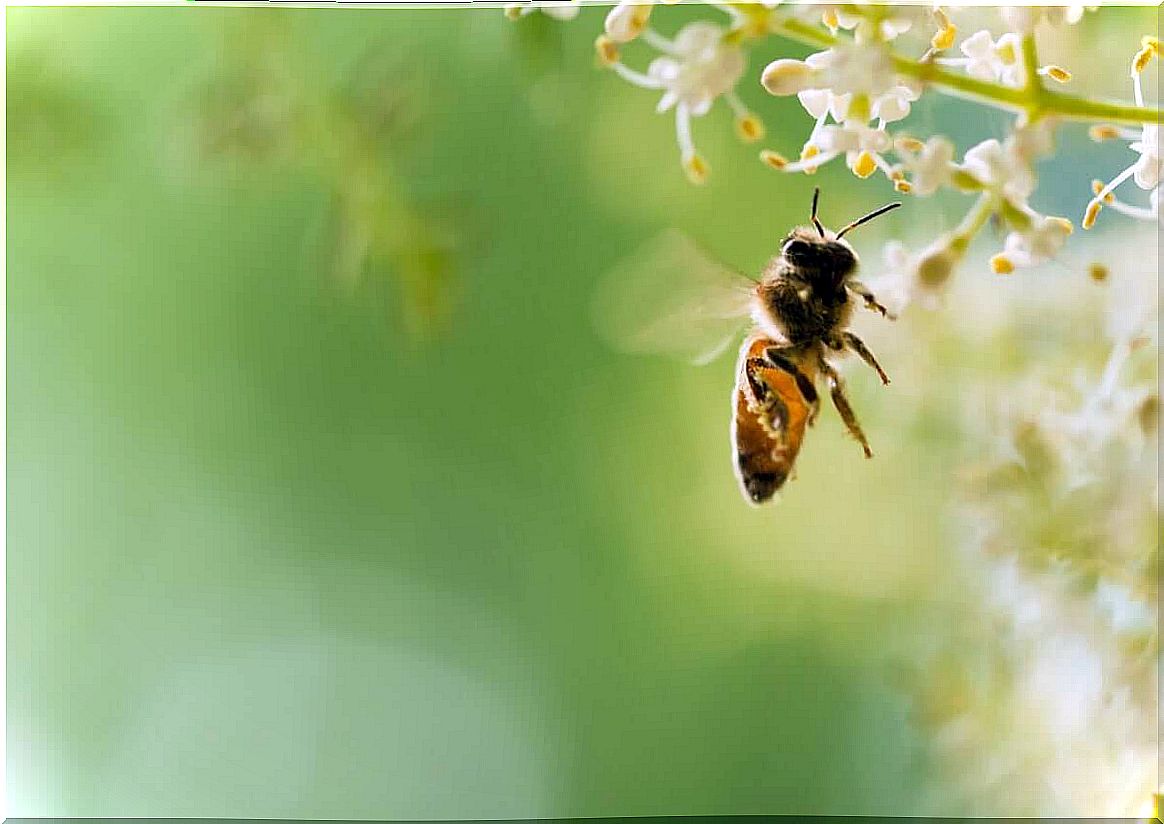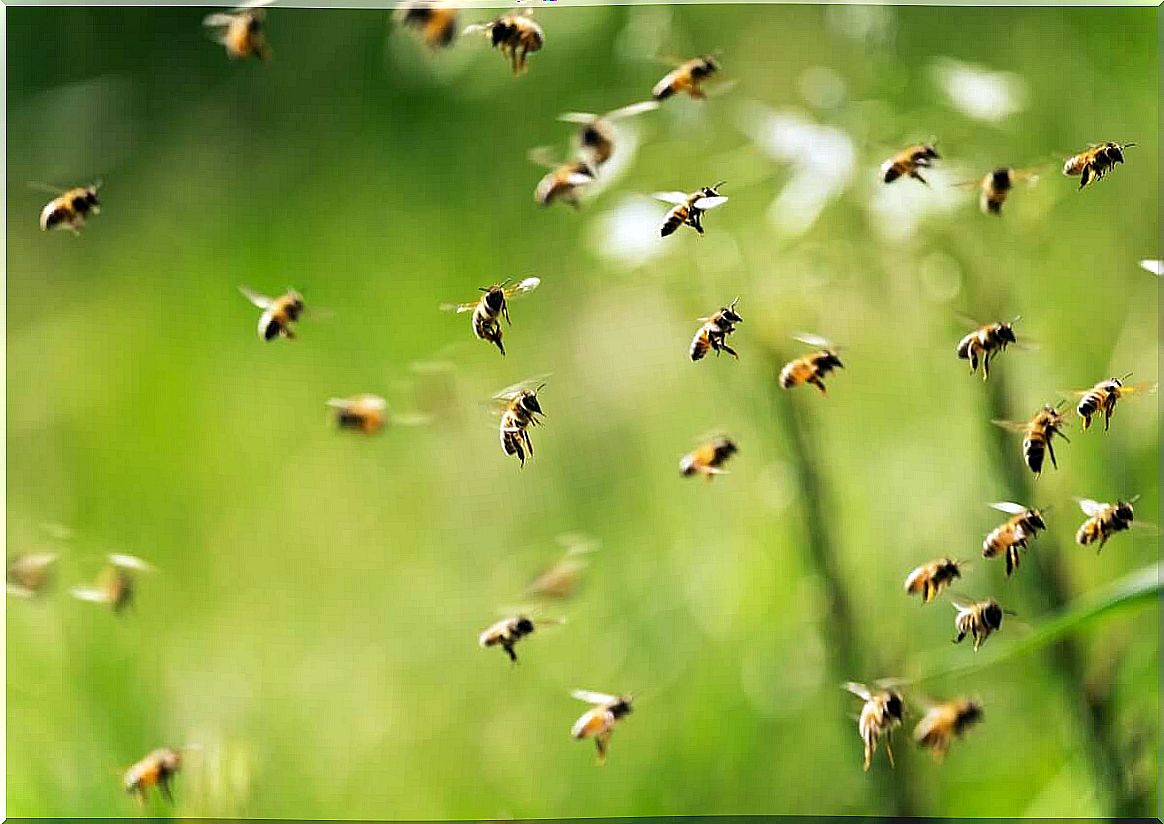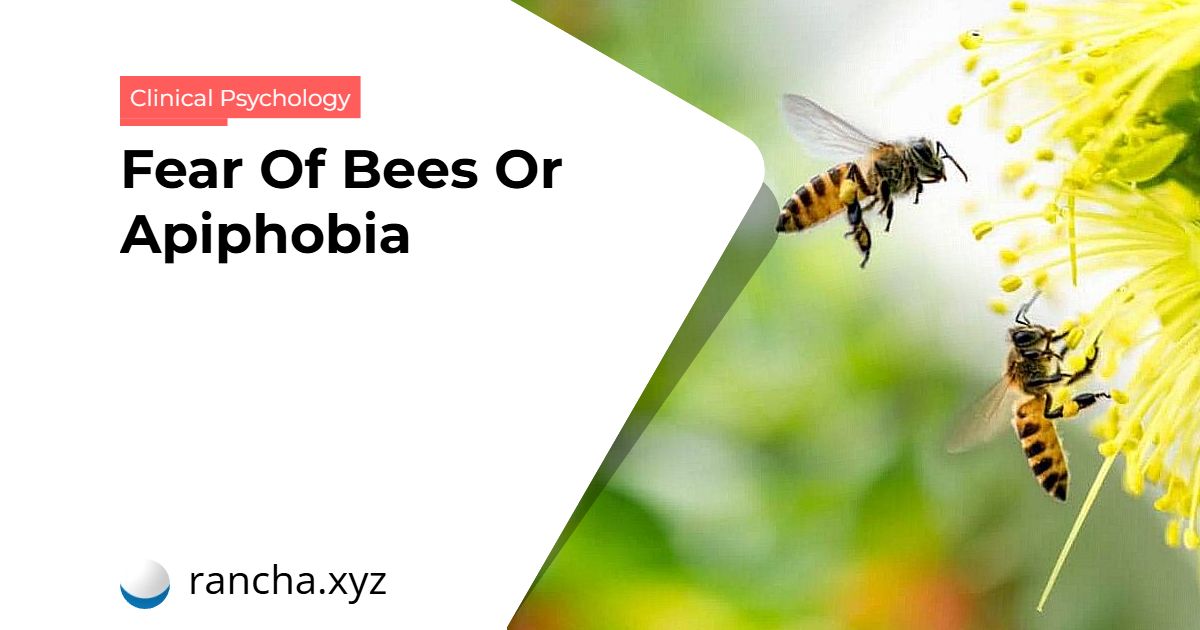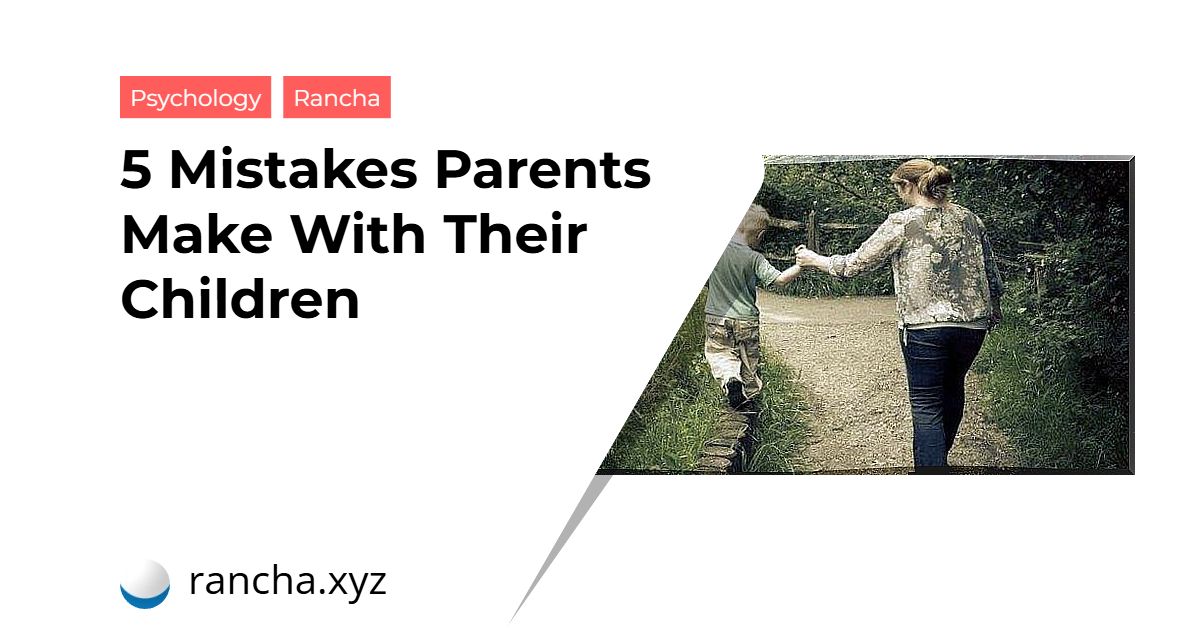Many people feel an aversion or strong rejection of insects and may even develop an irrational fear. One of the most common insect phobias is apiphobia, the fear of bees, wasps or drones. In these people, the mere fact of seeing a nest nearby can trigger a series of highly unpleasant symptoms.
Despite being a very peaceful animal with humans and fundamental in the cycle of nature, bees trigger panic in many people. It is estimated that around 3% of the population suffers from apiphobia. Next, we’ll talk about the symptoms, causes, and consequences of this fear.

Apiphobia and its symptoms
Apiphobia, or excessive fear of bees, is also known as melissophobia, after its Greek name (melissa). As the name suggests, it is an anxiety disorder, specifically a phobia. This type of disorder manifests itself when, faced with a stimulus – in this case, wasps, bees or drones – the person feels a very intense or irrational fear.
In addition to this feeling of fear, the person feels discomfort and anxiety. Among the most physiological symptoms, the most common are dizziness, dizziness, increased heart rate, hyperventilation or difficulty breathing, nausea, tremors, headache, feeling faint, etc.
On the other hand, there are also cognitive symptoms, that is, those that affect a person’s thinking. Among them, a person with apiphobia would show lack of concentration, intrusive thoughts about the possibility of more bees appearing, thoughts of death or distorted thoughts about the situation.
Finally, as with most anxiety disorders, there are two main behavioral symptoms: avoidance and avoidance. These behaviors are completely natural in a threatening situation. Thus, the person with a phobia of bees will try at all costs to avoid being in their presence. If that’s not possible, as soon as you notice signs of one, your response will be to run away.
How does this fear originate?
When talking about phobias, two possible causes are often taken into consideration. On the one hand, the existence of a traumatic experience with bees, or someone close. It is common to be bitten by these insects and, as they are painful bites, it is an experience that no one wants to repeat.
In fact, compared to other animal phobias, apiphobia is a less irrational fear, as stings can pose a health risk. However, the severity of a bee attack is determined by whether the person is allergic or whether there were too many stings at the same time.
On the other hand, phobias are also caused by vicarious learning. In other words, if when we were little we had someone close to us with a phobia of bees, it is likely that this person transmitted this fear to us. Or, simply, we learn the behavior of avoiding and reacting to the appearance of these insects. Furthermore, these people would have increased our fear, constantly alerting us to the dangers (real or not) of these animals.
Consequences
Animal phobias usually appear in childhood. At this stage of life there should be no major consequences, other than the discomfort generated in the child. Animal phobias tend to disappear over the years. However, if it doesn’t go away, the fear will remain or increase and can affect the person’s daily life.
In this sense, we must highlight the difference between being afraid of bees (or something similar) and having a phobia, an anxiety disorder. When it comes to a phobia, fear limits a person’s life. For example, this fear can determine where you go to buy a house or drive you to leave where you currently live. You can stop going to specific places, even if you want, for fear of finding bees. And you might even experience symptoms of anxiety when you find an area full of flowers, because they might be nearby.
Taking this into account, apiphobia can have mild to severe consequences, depending on the level of impact on a person’s life. However, it is an anxiety disorder that must be treated and resolved so that the person has a better quality of life.

Treatments for apiphobia
For phobias, cognitive-behavioral therapy is the most effective treatment. Specifically, three intervention strategies are commonly applied: relaxation, modification of phobic and irrational thoughts, and systematic desensitization or exposure techniques.
As it is an anxiety disorder, it is essential that the person learn and acquire resources to deal with the stimulus or relax during a panic attack. To do this, you will learn progressive muscle relaxation or endogenous relaxation techniques. These tools will also be useful during the initiation of systematic desensitization.
Whether due to this last technique or strategy, exposure to stimuli that cause fear will be gradual. Thus, the work will start with images, for example. And, little by little, the person will be brought closer to the real stimulus until he is able to do so without feeling extreme anxiety.
Ultimately, an irrational or very intense fear of bees constitutes a phobia and as such should be treated in conjunction with a professional psychologist. Thus, the person will be able to improve their quality of life and perform activities that they could not before because of fear.
 rancha.xyz Be free to choose their own route to self-knowledge, health and balance of body and soul.
rancha.xyz Be free to choose their own route to self-knowledge, health and balance of body and soul.




